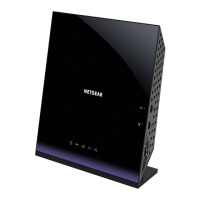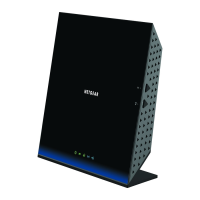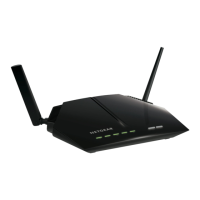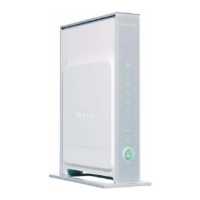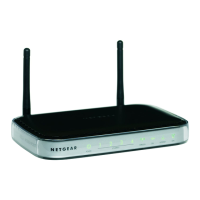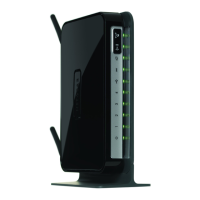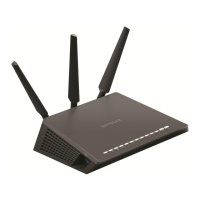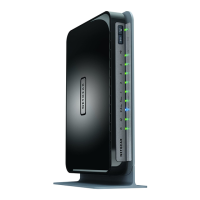What to do if I cannot connect to NETGEAR D6400 Network Router over WiFi?
- BBrittany DavisJul 27, 2025
If you cannot connect to your NETGEAR Network Router via WiFi, consider the following: * Ensure the WiFi settings on your device and modem router match exactly, including the WiFi network name (SSID) and security settings. * Confirm your WiFi device supports the security type (WEP, WPA, or WPA2) you're using. * Adjust the distance between your WiFi device and the modem router; move closer, but stay at least 6 feet (1.8 meters) away to see if the signal improves. * Ensure there are no obstructions blocking the WiFi signal. * Check that the WiFi LED on the modem router is on, indicating that both WiFi radios are enabled.
